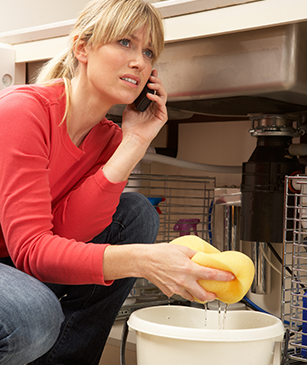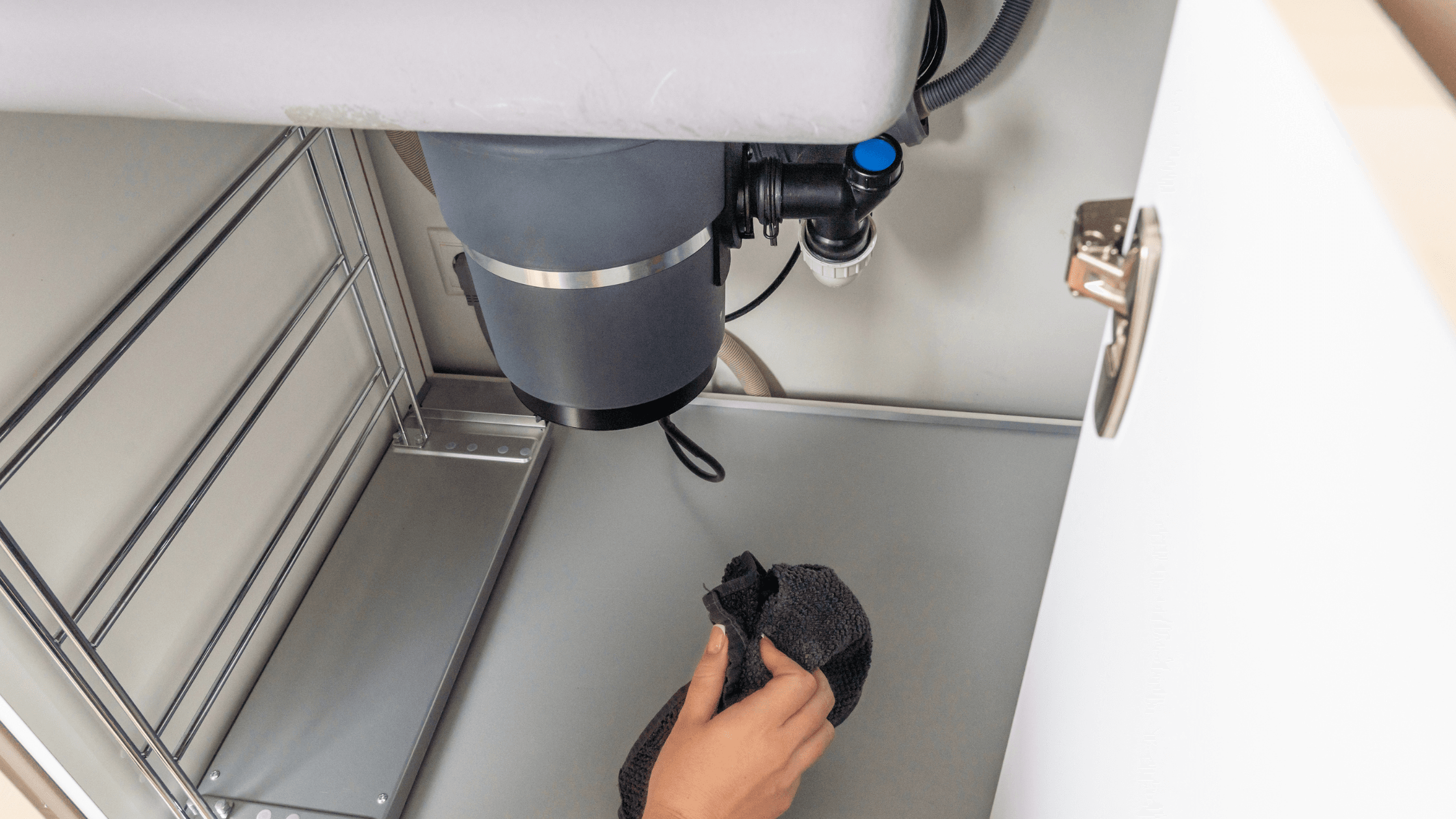Helpful Techniques for Repairing a Dripping Garbage Disposal
Helpful Techniques for Repairing a Dripping Garbage Disposal
Blog Article
Everybody maintains his or her own assumption on the subject of How to fix a pretty consistent leak from my garbage disposal.

Garbage disposals are important kitchen area home appliances that aid in getting rid of food waste successfully. Nonetheless, a dripping garbage disposal can be a discouraging and messy issue to deal with. The good news is, lots of leaks can be dealt with easily with a few basic actions. In this short article, we will certainly talk about just how to fix a dripping garbage disposal efficiently.
Introduction
Garbage disposals are installed under kitchen sinks and are developed to shred food waste into smaller sized items, enabling it to go through the pipes system easily. While these devices are normally dependable, leakages can occur in time as a result of deterioration, loosened links, or damages to the system.
Step-by-Step Guide to Taking Care Of a Dripping Garbage Disposal
Shut off the Power
Before trying any repair services, ensure that the power to the garbage disposal device is shut off to avoid the risk of electrical shock.
Locate the Leak
Identify the specific place of the leakage and identify the reason
Tighten up Links
Make use of a wrench to tighten up any loosened links between the disposal unit and the pipes system.
Change Seals or Gaskets
If the leak results from worn seals or gaskets, remove the old components and replace them with new ones.
Patching Fractures or Openings
For cracks or openings in the disposal unit, use epoxy or an appropriate patching material to seal the damaged location.
Identifying the Source of the Leak
Prior to trying to take care of a dripping garbage disposal, it is vital to recognize the source of the leakage. This can generally be done via visual inspection or by performing simple tests.
Visual Inspection
Examine the garbage disposal device meticulously for any type of signs of water leakage. Pay attention to areas around seals, gaskets, and link factors.
Examining for Leaks
One way to examine for leakages is by running water with the disposal system and checking for any kind of noticeable indications of leak.
Common Root Causes Of Leaks in Garbage Disposals
Worn Seals and Gaskets
Seals and gaskets play a critical role in preventing water from leaking out of the garbage disposal. Over time, these elements can wear away, resulting in leaks around the disposal unit.
Loose Links
The connections in between the garbage disposal and the plumbing system can become loose in time, causing water to leakage out during operation.
Splits or Openings in the Disposal Unit
Physical damages to the waste disposal unit, such as fractures or openings in the real estate, can additionally lead to leaks.
Tools and Materials Needed for Repairing a Dripping Waste Disposal Unit
Before beginning the repair procedure, collect the needed tools and materials, consisting of a screwdriver, adjustable website wrench, plumbing technician's putty, substitute seals or gaskets, and epoxy or patching material for fixing cracks or openings.
Examining the Waste Disposal Unit After Repair Service
Once the repair is full, evaluate the waste disposal unit by running water via it to make sure that the leakage has actually been solved.
Preventive Upkeep Tips to Avoid Future Leaks
To stop future leakages, it is necessary to execute routine maintenance on your waste disposal unit. This consists of keeping it tidy, avoiding putting non-food products or difficult objects down the disposal, and periodically checking for leaks or other issues.
Conclusion
Finally, repairing a dripping garbage disposal is a fairly uncomplicated process that can be completed with basic devices and products. By adhering to the actions described in this article and practicing preventive maintenance, you can maintain your garbage disposal in good working condition and stay clear of expensive repair work in the future.
HERE’S HOW TO FIX YOUR GARBAGE DISPOSAL
WHAT TO DO IF SOMETHING IS STUCK IN YOUR GARBAGE DISPOSAL
If the impeller won’t turn, there’s probably something stuck in the disposal. It could be a steak bone or peach pit, although plumbers report pulling all sorts of inappropriate objects out of disposals, such as bottle caps or aluminum foil. Make sure power to the disposal is off, and look inside to see if you can see the source of the jam.
Never stick your fingers in a disposal. Pull out anything you see with tongs or pliers.
If the disposal still won’t work, it may be time to call a plumber or consider buying a new disposal. GEM Plumbing & Heating is here for all of your garbage disposal needs.
WHAT TO DO IF YOUR GARBAGE DISPOSAL DRAIN IS CLOGGED
Take everything out from underneath your sink and put a bucket or other container under your disposal to catch any water that drains out. Disconnect your disposal from the power supply. If it’s plugged into a wall outlet, unplug it. If it’s hardwired into an electrical box, go to the electrical panel and turn off the breaker for the disposal. Pour ¼ cup of baking soda into the drain, followed by ½ cup of white vinegar. Give the solution a few minutes to fizz and do its work. Look into the disposal with a flashlight to see if you can see an object that might be causing the clog. If you see it, remove it using tongs or pliers. MORE TIPS ON DEALING WITH A CLOGGED GARBAGE DISPOSAL
Never use drain cleaner in a garbage disposal. It can damage the plastic parts inside the disposal. You can also be splashed with the caustic liquid while working to clear the clog. Beware! Never stick your fingers into a garbage disposal. Trust us — not a good idea. In many instances, your dishwasher drains through your garbage disposal. This allows the disposal to grind any large food particles that may be drained out of your dishwasher. There are some jurisdictions, however, where the plumbing code prohibits such a connection. WHAT TO DO WHEN YOUR DISHWASHER DRAINS THROUGH THE DISPOSAL
Run some water in the sink so your plunger has at least a ½-inch of water to create a seal and plunge vigorously up and down several times. You may need to repeat this several times. Run hot water down the drain to clear any residue that remains.

I am just very curious about Why Is and I hope you liked our page. Do you know someone else who is excited by the topic? Take a moment to share it. Thanks a lot for your time invested reading it.
Schedule Service Report this page